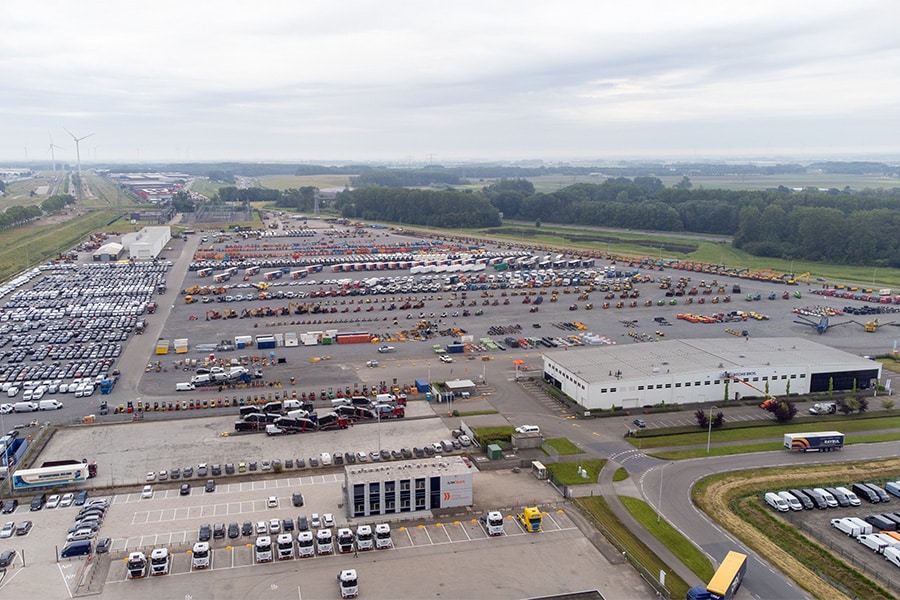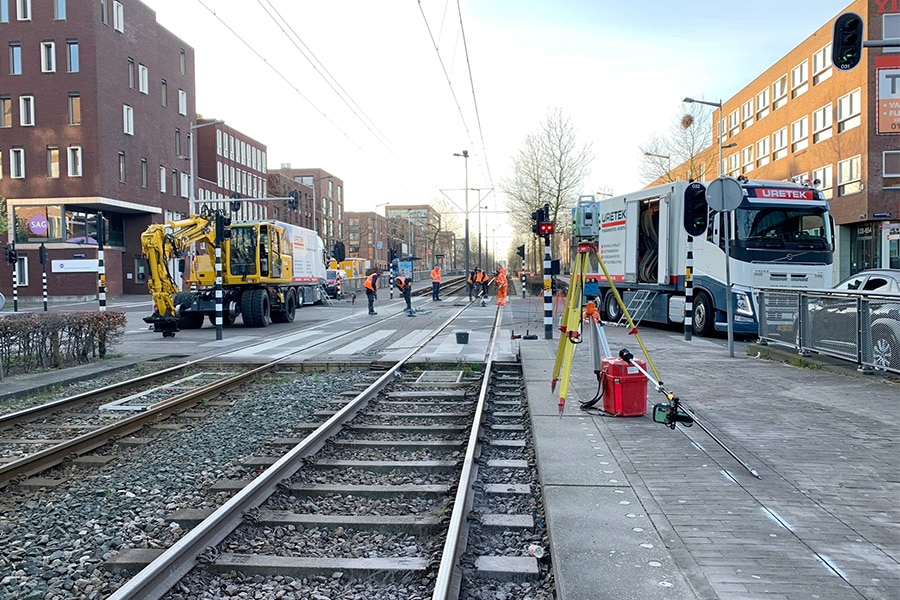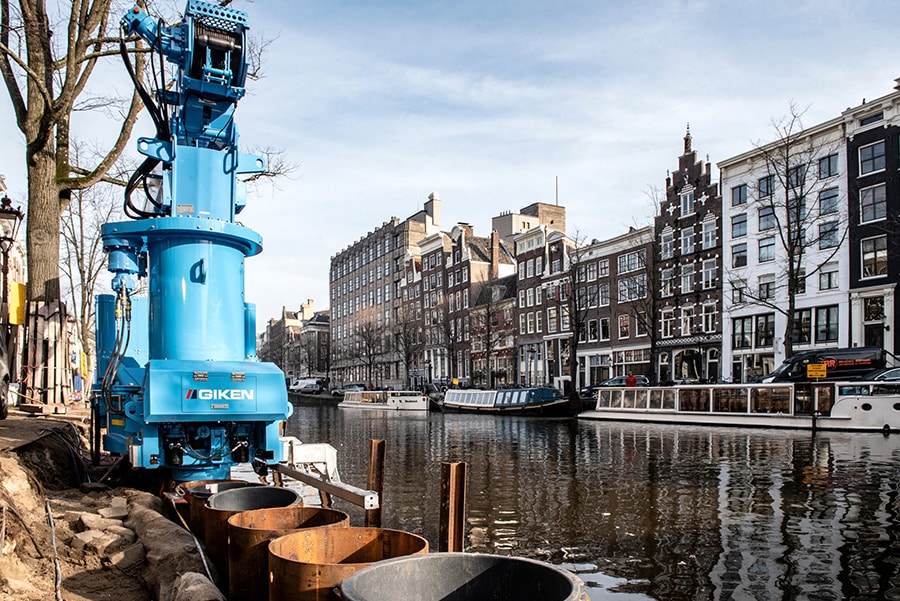
Why concrete cracks
Concrete is the most widely used building material in the world. Since Louis Vicat invented cement in 1817, research and development have optimized its properties. This resulted in better applications, higher mechanical strength and chemical resistance, and new materials such as prestressed concrete. Has concrete reached perfection over the years? If we look closely at the many concrete structures around us, we see that none of them have remained perfectly intact, even those of the most recent buildings.
The inevitable weakness of concrete is its tendency to crack. Cracking is highlighted by the very factor to which concrete owes its popularity: its compatibility with steel and the fact that reinforced concrete meets the requirements of an advanced building material. Are all cracks identical? Certainly not. Cracks can be caused by various factors such as deformation, hydraulic shrinkage, thermal shrinkage or swelling. The main differences are explained below by BASF Master Builders Solutions.

Cracks caused by deformation
Tensile, compressive and shear forces are exerted on concrete structures. These forces deform the material and can cause cracks to form. The location and shape of the crack in the structure are often characteristic. Therefore, the cause can be found by looking closely at the cracks. Cracks due to compression run parallel to the applied force, cracks caused by tensile forces are formed at right angles to the force, and cracks due to shear forces run at right angles to the tensile stress.
The tensile strength of concrete is only about one-tenth of its compressive strength. Therefore, concrete is rarely used without reinforcement. The most commonly used reinforcement method is the incorporation of steel reinforcing bars in areas exposed to tensile stress. This type of concrete is usually called reinforced concrete. Reinforcements in synthetic fiber may also be used.
Cracks caused by hydraulic shrinkage
Concrete in the open usually shrinks during curing. This is because some of the water in the concrete evaporates. Cracks occur when the shrinkage forces become greater than the strength of the concrete. This can be seen as a race against time between two phenomena: the evaporation of water and the increase in the strength of concrete. This also applies to concrete elements that cannot deform. When concrete shrinks, deformation is not possible. Under these conditions, an internal stress is built up that leads to cracking when the stress overcomes the strength of the concrete.
Cracks may also appear before the concrete is cured. This phenomenon is not purely the result of hydraulic shrinkage, but is rather due to the evaporation of some of the water or absorption of the substrate. It particularly affects pavements poured in hot, dry weather or concrete poured in cold weather in heated areas or on porous substrates. The cracks occur in specific locations such as in seams of the concrete and near reinforcements.

Cracks caused by thermal shrinkage
This problem occurs especially in large structures. Cement hydration is an exothermic reaction that releases heat that dissipates over time. The temperature change is not the same in all parts of the structure and this causes differential deformation that can lead to cracks.
Cracks caused by swelling
Concrete can swell due to the action of salts such as sulfates, which often occur in soil in direct contact with the concrete. This leads to a chemical reaction with the aluminate in the cement itself, forming an expanding substance. Swelling can also occur from free water freezing in the concrete, which increases in volume when it turns to ice. Finally, swelling can be caused by oxidation of the reinforcement embedded in the concrete, a phenomenon that in turn is accelerated by the presence of cracks.
Cracks caused by the steel reinforcement
Concrete is highly alkaline, which protects the steel reinforcement. This makes reinforced concrete a virtually indestructible material. Nevertheless, reinforcing bars can corrode under certain conditions, forming rust. When the volume of corrosion products formed exceeds the volume of the original reinforcement bar, it causes a tensile stress on the concrete. With advanced corrosion, the concrete may crack and delaminate. The main causes of corrosion of steel in concrete are carbonization of the concrete and the presence of sea or road salt in the concrete and around the reinforcing bars.



